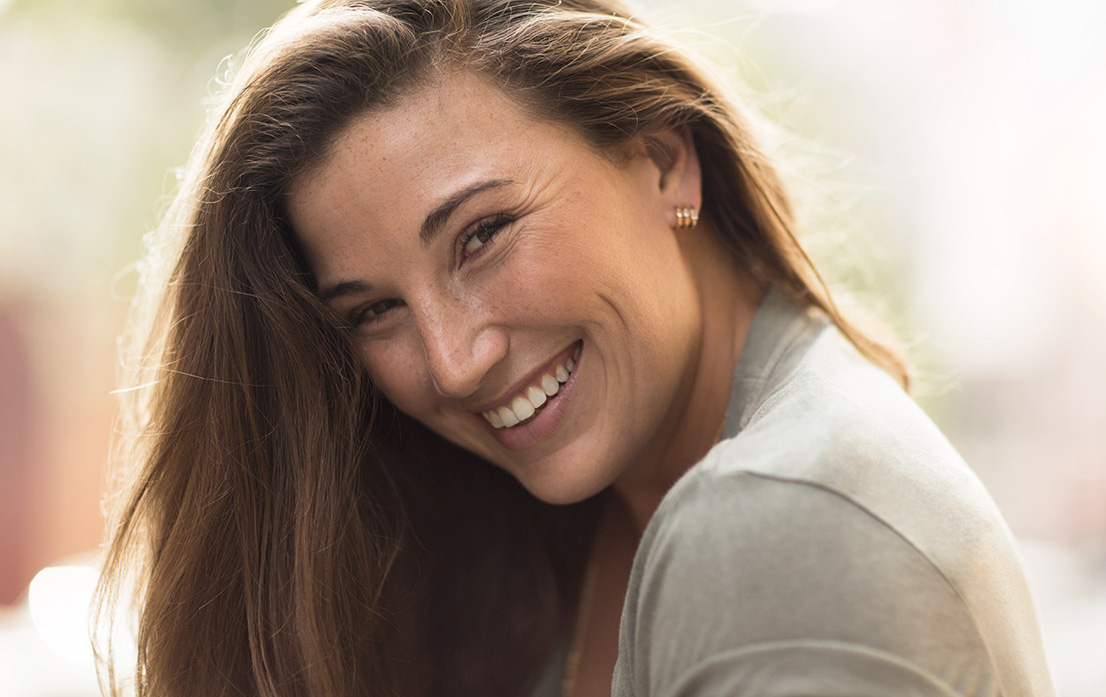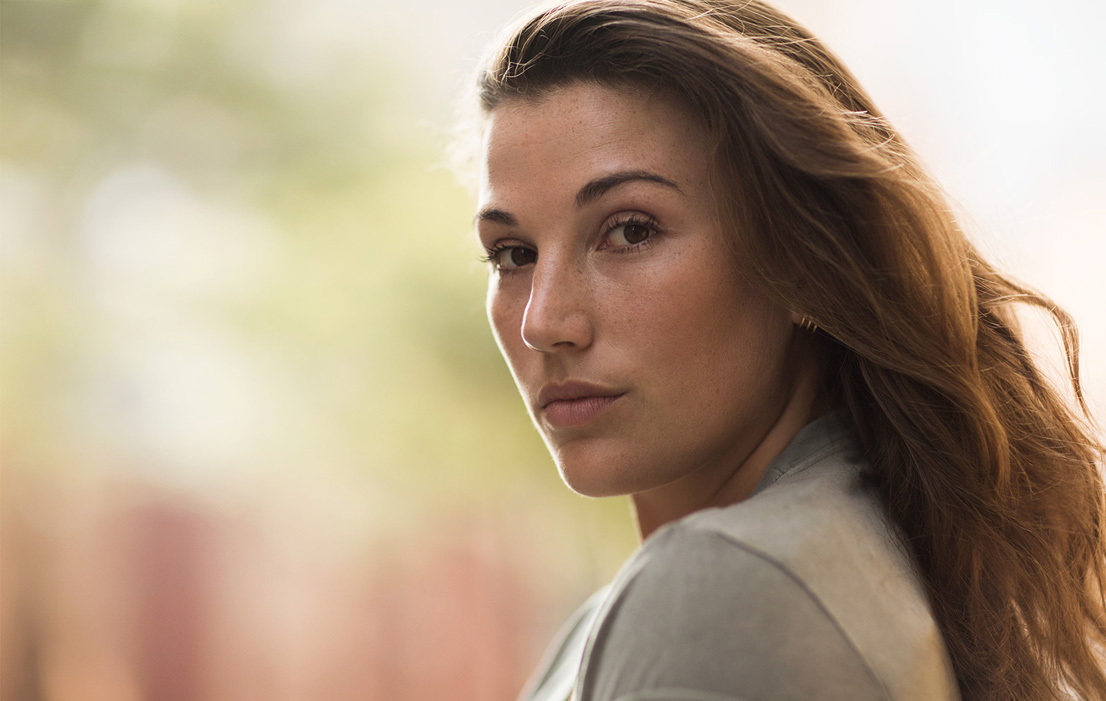When did make-up become so complicated? Like, actually. Not long ago it seemed all I needed for the perfect face was the ideal BB cream and a bronzer the right shade. Now it feels as though every accent of my face needs to be enhanced in some way or another. I find the list of ‘must-have’ products continues to inflate with every new YouTube tutorial out there, and as a result I have totally resigned from the whole thing. My beauty routine is pretty much unchanged by the vlogging/Kardashian phenomenon, and as a millennial, I consider it somewhat of an achievement.
But sometimes (read: mostly when chatting to beauty experts or PR gurus), I can’t help but feel like I’ve missed a trick. Yes – some of the concepts vloggers inflict on the world I do find quite offensive (clown contouring to name just one) – but, equally, the Zoella’s of the world are pretty impressive. Hundreds of thousands of views per video, book deals, US tours, brand partnerships. In my early twenties I am supposedly the target audience, and yet ashamedly pull blanks when quizzed on these YouTube stars. There must be a reason everyone is hooked.
And so it was to these tutorials I turned when given the task of writing about strobing. As a beauty minimalist this seemed like an intimidating task, but I was assured by those more experienced with a brush kit that it was the lazy girl’s contouring.
[show_shopthepost_widget id=”1200816″]
“Strobing is one of the season’s hottest trends, solely based on highlighting and enhancing your features with a natural and beautiful glow,” Cher Webb, Senior Artist at MAC tells me. “The key to an authentic and natural effect is to choose a complimentary undertone and texture that suits your skin”, she adds. “Most strobing products have a slight hue in either cool lilacs and pinks or warmer tones of peaches and gold.”
Strobing, then, is essentially the expert’s answer to the question I have been posing with Benefit’s High Beam since the tender age of 14 – but the method is no more complicated. “Apply your highlighter to the higher planes of the face – cheekbones, nose panel, cupid’s bow using either a brush or your fingers,” Cher explains as she demonstrates. “The MAC #193 is the perfect size and shape for highlighting with creams for a powdery texture. Try our Soft and Gentle Mineralize pressed powder for a beautiful marbled finish.”
Products are key here too, as well as a less-is-more approach I wasn’t expecting. “MAC Strobe Cream is a cult classic product that looks incredible on every face and body. But apply your highlights sparingly to avoid over shine, use the correct tools and also add a dust of face powder if necessary.”
Hariet Hadfield of Harry Makes It Up also had advice to offer. “Put simply, strobing is the application of highlights to lift and add shape to the face. Essentially effectively it highlights without contouring. Think of it as an easy way to add dimension, and bring certain features forward,” she explains.
“Using a highlighting product – be that in a cream or powder formulation – apply to the high points of the face such as the tops of cheekbones, on the brow bone, bridge and tip of the nose or the Cupid’s bow. In its extremes I’ve even seen this trend worn on areas of the forehead, but I wouldn’t recommend this for everyday if you have a more oily complexion as you’re more likely to look on the sweaty side.”
“I tend to prefer a more subtle use of strobing. I’m a big fan of Kevyn Aucoin Celestial Powder in Candlelight for a great powder highlighter and for a cream liquid finish I swear by Becca Shimmering Skin Perfector for red carpet, which comes in a range of tones.” Things like this – small changes – will make all the difference.


